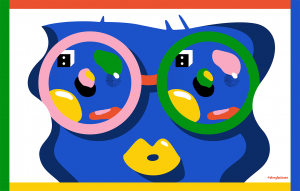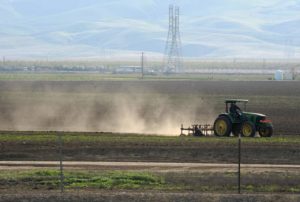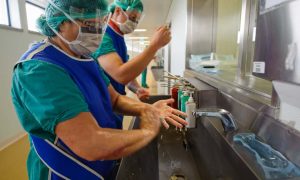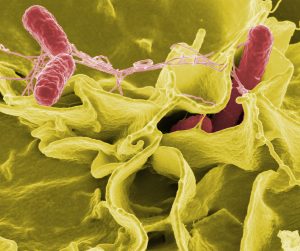The initial discovery of microorganisms by Robert Hooke and Antonie van Leeuwenhoek in the mid to late 1600’s was an exploration of wonder. The two were some of the first to visually journey into the microscopic realm with the aid of simple microscopes. They turned their gaze to the ordinary spaces around us. Pouring into …
OK this is a bit disconcerting if you eat food at any major stadiums around the country. But it is interesting and worth a read. An Outside the Lines analysis of 16,000 routine food-safety inspection reports covering 111 pro sports venues found that, at about 28 percent of the venues, half or more of their …
The Alfred P. Sloan Foundation has approved a grant to host a workshop on viruses in the built environment. Building on the success of the foundation’s Microbiology of the Built Environment program, the workshop will convene researchers from academia and government agencies to address questions about the viral community and its dynamics in the built …
Completely fascinating, and a wee bit terrifying new paper worth a read:: Ecological Analyses of Mycobacteria in Showerhead Biofilms and Their Relevance to Human Health Abstract: Bacteria within the genus Mycobacterium can be abundant in showerheads, and the inhalation of aerosolized mycobacteria while showering has been implicated as a mode of transmission in nontuberculous mycobacterial …
This article may be of interest – especially to people in my area of the world (i.e., the Central Valley in CA). Experts say a drier climate means more dust storms, which carry the fungus that causes the disease. New laws and money address the issue. Is that enough? Source: With Climate Change, Valley Fever …
Very torn about this. On the one hand “Microbiology of the Built Environment” by Jack Gilbert and Brent Stephens is a great summary of the current status of the field. On the other hand, it’s behind a paywall and I can’t access the article from my house where I am currently working. In the interests …
One of the hurdles in linking microbial ecology with building science has been incorporating quantitative information about the microorganisms encountered in indoor environments, mainly because the standard high-throughput amplicon approach for community analysis is semi-quantitative, at best. Over the summer, there was a Twitter conversation related to this topic. My take-away from this (what I view …
Of potential interest: Source: FICUS JGI-NERSC-KBase – DOE Joint Genome Institute I am copying some of the announcement below: The Biological Data Science call will enable users to perform state-of-the-art computational research to explore the wealth of genomic and metagenomic data generated worldwide and translate sequence information into biological discovery. Users will have access to …
Well, if true this is both troubling and not surprising: Bacteria becoming resistant to hospital disinfectants, warn scientists | Society | The Guardian The story reports on a paper in Science Translational Medicine. Some quotes: The results reveal that Enterococcus faecium bacteria have become more tolerant to alcohol over that time. “We found that the new …
Backyard chicken coops are on the rise and in many ways that is a good thing. However, one negative with this is that some chickens can carry various microbes that can make people sick and sometimes those microbes get to people and make them sick. CNN has a new story on the topic that may …




